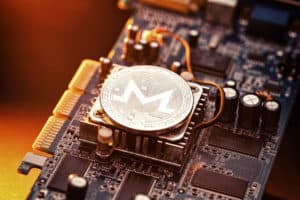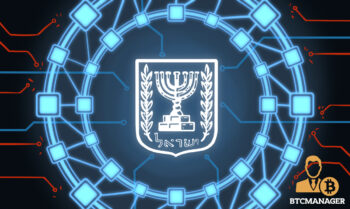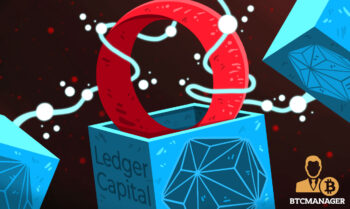2022-5-4 16:38 |
The blockchain industry is at the forefront of innovation, with new ways to harness this secure distributed ledger technology in various areas of traditional business. A key feature of conventional blockchains is the ability of any entity to verify the integrity of the blockchain ledger by executing the same algorithm that was used to generate it.
What are quantum-safe blockchains?Quantum computers will be able to execute algorithms significantly faster than classical computers, enabling them to break most cryptographic algorithms. Attackers with a quantum computer might be able to break into any system that uses today’s encryption algorithms and cannot evolve in time.
The Post-Quantum Blockchain is the next step in blockchain technology, leveraging the power of post-quantum cryptography to ensure that data is stored securely and cannot be tampered with, so they can rely on the integrity and security of their data.
In contrast to existing blockchains, which rely on the pre quantum RSA, post-quantum blockchain uses encryption algorithms like NewHope, NTRU, Frodo, SIDH that are more secure against current quantum computers.
Why does the modern blockchain lack efficient infrastructure?While talking about the security of the blockchain we also have to look at the scalability of the blockchain in order to execute the smart contracts on it. Here comes the impossible trinity into play which says that every blockchain network is constrained by this popularly known Scalability Trilemma – scalability, security, and decentralization. Theory suggests that a blockchain network is trying to max at one factor at the expense of the remaining two factors. Eg. If a blockchain network focuses on increasing scalability, then the security and the decentralization of the particular blockchain get hit.
This has been affecting several Tier 1 blockchains like Solana (SOL) and Polygon (MATIC) which recently experienced a situation where a high number of transactions on their network caused it to overload the RPC nodes which further causes multiple transactions to be canceled and causes the network to jam.
This has caused multiple projects that are built on these blockchains to crash as well. The issue with current blockchain appears to have been caused by too many transactions being processed at once—about 400,000 in total. The average capacity that Solana (SOL) can process is around 65,000 transactions per second and this resulted in the network becoming congested and crashing.
Most recently, Solana mainnet beta fell out of consensus and the validator network couldn’t recover. This was majorly due to the botting on the Candy Machine NFT minting tool ,there were four million transaction requests and 100 gigabits of data every second which is a record high for the network.
Here’s how blockchain’s scalability issue affects investors and tradersThis greatly impacted the traders, investors, gamers and many others using the particular blockchain network as it can cause losses and delays in transactions. This could have a possible detrimental effect on projects looking to build further on the blockchain as this could easily lead to the failure of the project because of the congestion on the blockchain.
This sort of scalability issue needs to be addressed when global adoption kicks in. Many traders have this network fee slippage issues due to insufficient infrastructure to support the mass traffic. That is where a solution of future-proof architecture must work equally well with both classical cryptography and post-quantum cryptography.
To achieve this goal, Cellframe product pioneered the technology that groups transactions into cells. Instead of verifying every transaction, Layer 1 mainnet verifies these cells. As such, computational resource consumption is reduced dramatically: a network needs to verify one cell instead of 100 transactions.
Addressing the future of post-quantum computations, Cellframe promotes itself as a blockchain-agnostic platform (“Layer Zero”) that can interact with Bitcoin (BTC), Ethereum (ETH) and so on. This design unlocks unmatched opportunities in terms of scalability and accessibility.
Cellframe offers the same level of scalability for all associated decentralized applications (dApps), DeFis, NFT marketplaces, play-to-earn ecosystems, and so on. New “Cell Chains” can be added to this architecture again and again. Within the ecosystem, they work like shards of NEAR Protocol or Ethereum 2.0. Every element of the system can be easily isolated in the event of an attack.
Supersingular curves and lattice permutations are used as the basis. Implementations of such algorithms for public key communications are already available on the network. As such, the system has a virtually infinite bandwidth, impressive flexibility and unmatched scalability.
Creators of cells can mitigate scalability issues by launching additional “cells” on the same infrastructure. In different systems, cells can be integrated into various use cases. Cellframe instruments are suitable for both entrepreneurial and retail use.
origin »Quantum Resistant Ledger (QRL) на Currencies.ru
|
|

























